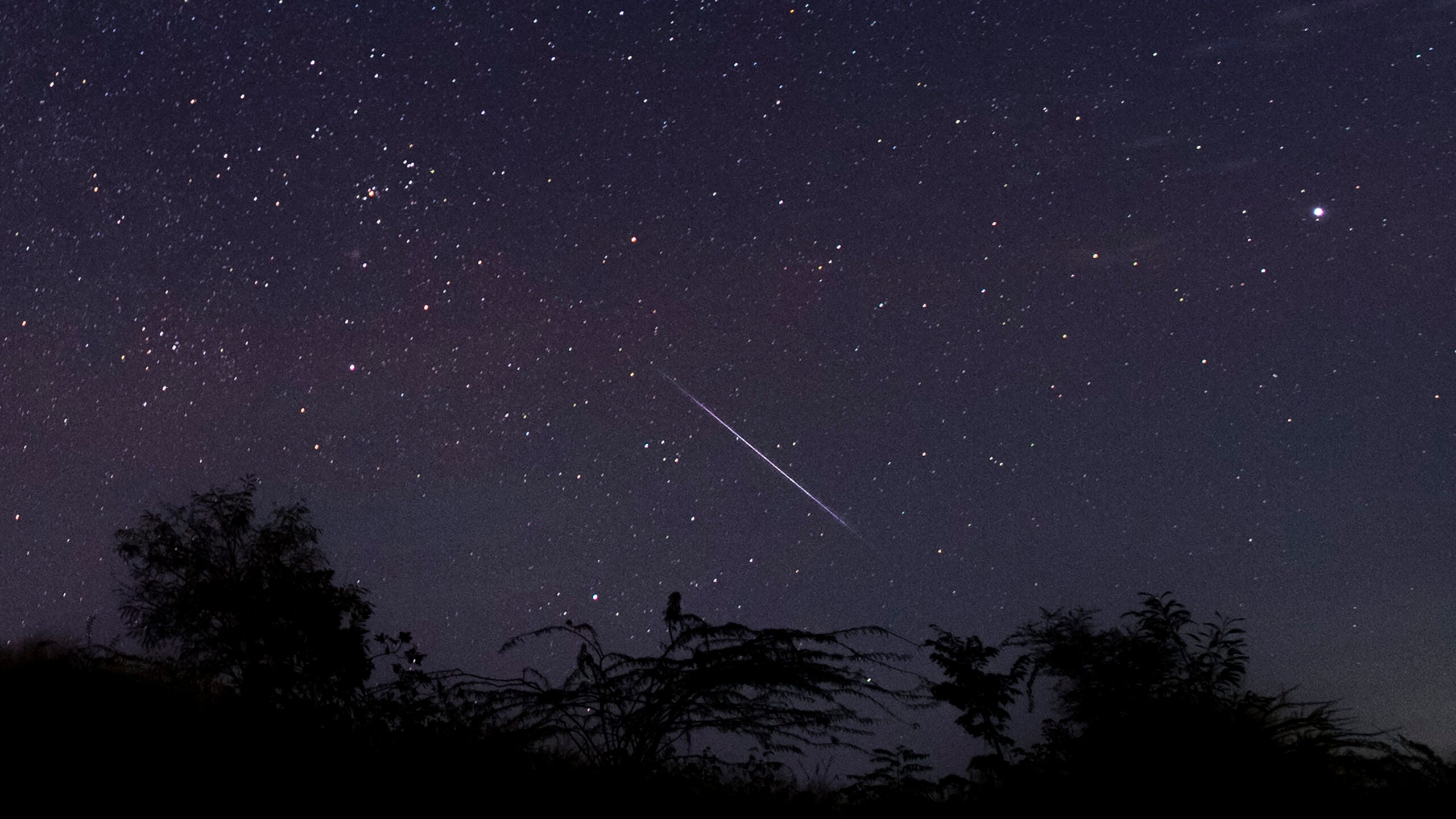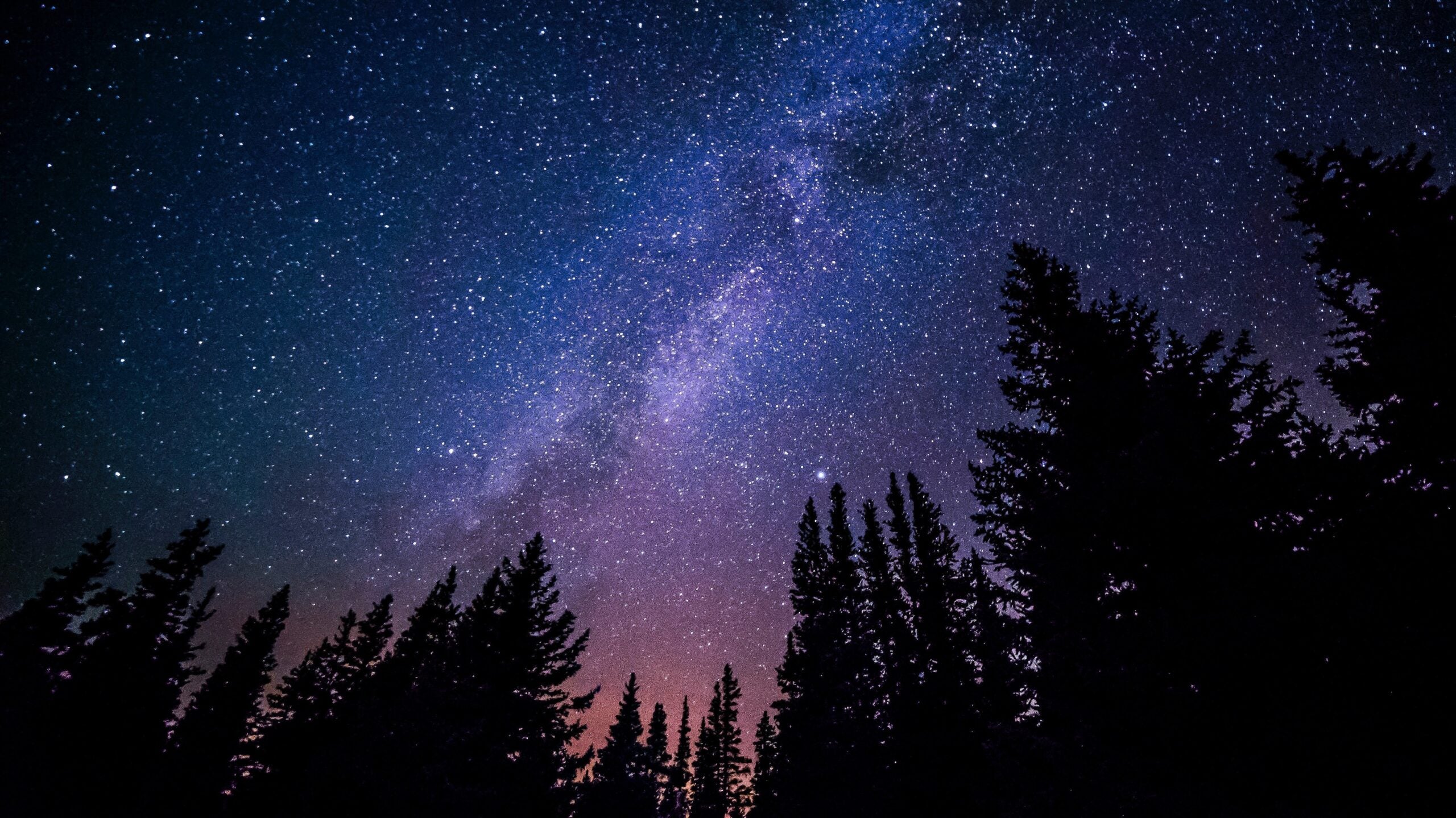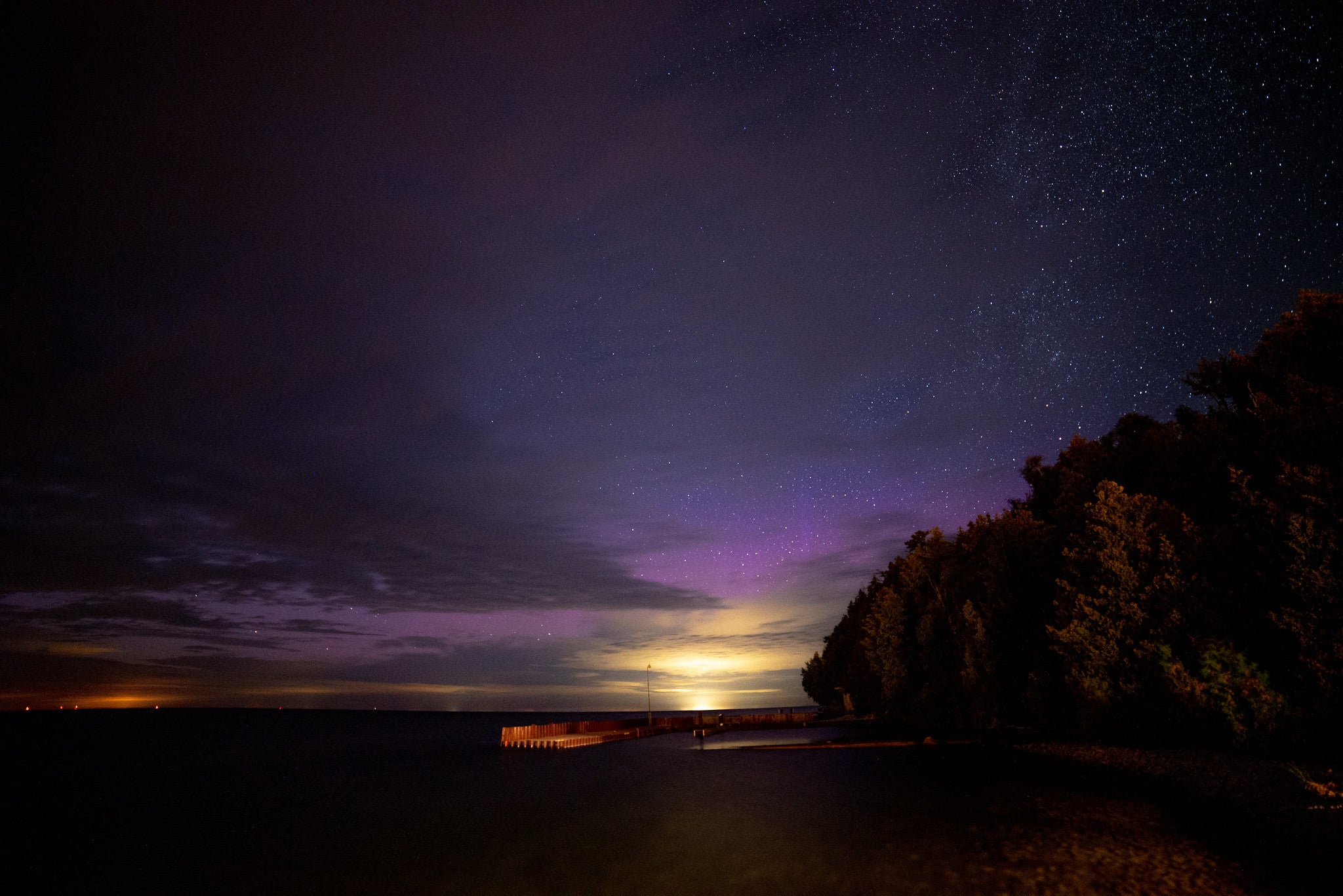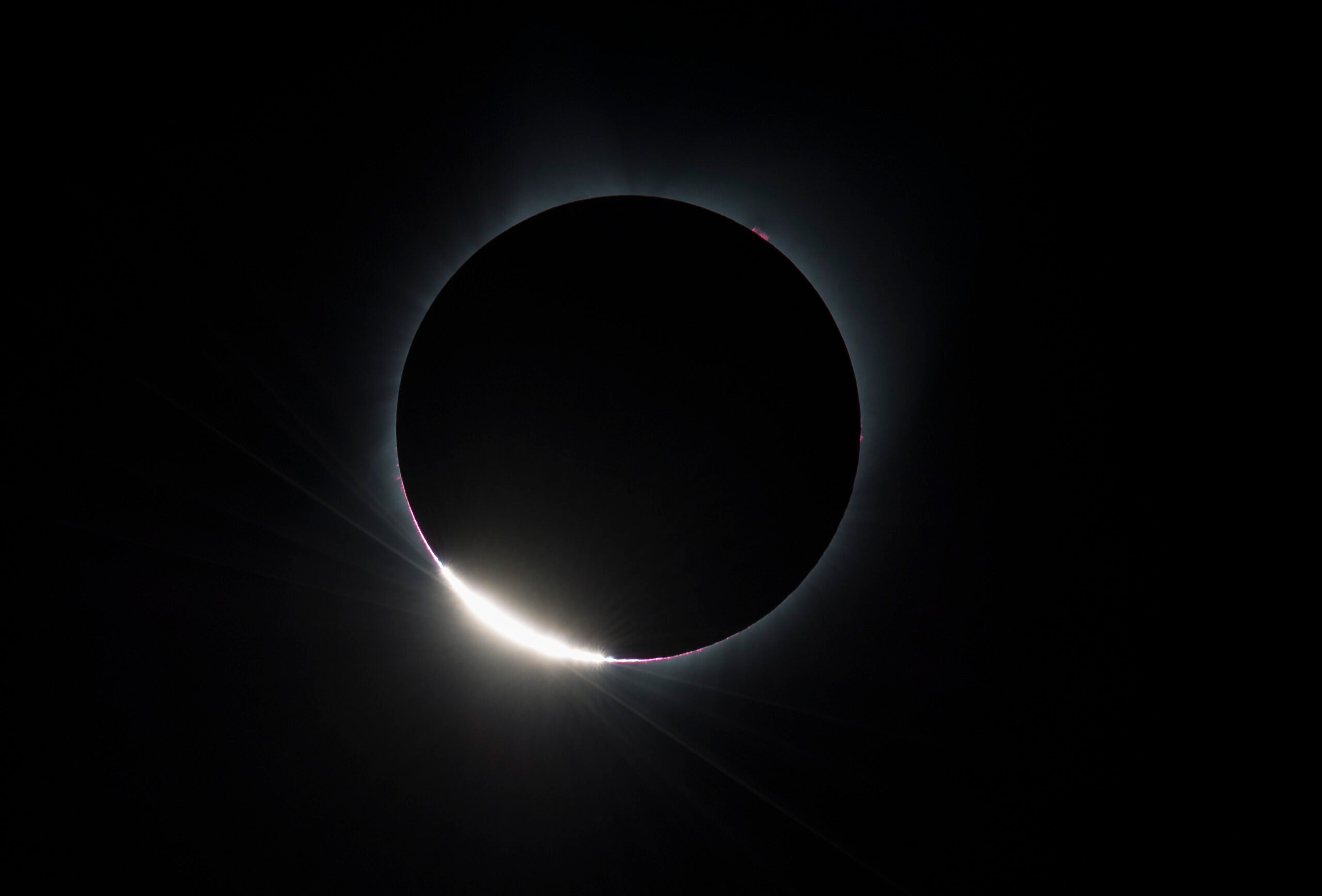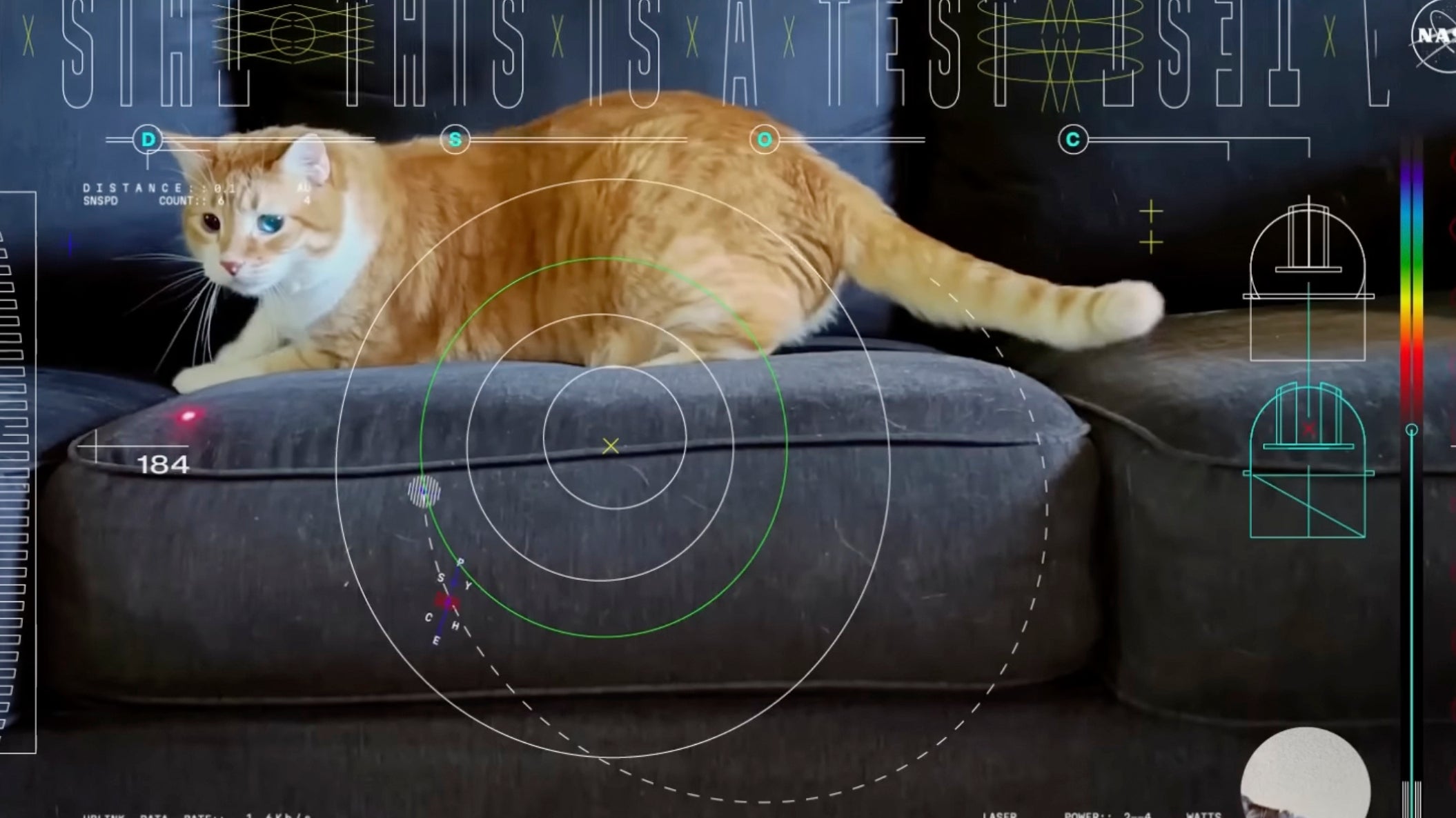Forget holiday lights. Stargazers all over the globe will get the chance over the next night to witness one of the best meteor showers of the year, and viewing conditions promise to be close to ideal.
The Geminid meteor showers light up the night sky every December, and this year they will reach their peak on Wednesday, Dec. 13, and run into the morning of Dec. 14.
With the moon only a sliver full, the skies should be nice and dark, so weather permitting all you’ll need to see the Geminids is a blanket and a little patience.
News with a little more humanity
WPR’s “Wisconsin Today” newsletter keeps you connected to the state you love without feeling overwhelmed. No paywall. No agenda. No corporate filter.
Here’s what you need to know about the Geminid meteor shower, and some of this month’s other celestial happenings.
What is the Geminid meteor shower?
Meteor showers light up the sky when small remnants from asteroids or comets enter Earth’s atmosphere at high speeds. When those bits of cosmic dust burn up and disintegrate, they result in magnificent trails of light.
Astronomers began recording the Geminids in the mid-1800s, but their source was unknown at the time. Later it was discovered that they are the result of debris left behind by the 3200 Phaethon asteroid, unlike most meteor showers, which originate from comets. The particles that form the Geminid meteor are much denser than those of comets, and they appear as if to radiate from the constellation Gemini.
In a blog post on the NASA website, Bill Cooke, the lead of NASA’s Meteoroid Environment Office, says the Geminids are exciting because “most meteors appear to be colorless or white.” The Geminids, by contrast, appear with more of a greenish hue. “They’re pretty meteors!” says Cooke.
What happens during the peak?
The Geminids began in November and run through Dec. 24. At their peak, the brightly lit shower can produce approximately 120 meteors per hour and at a rate of 22 miles per second.
What is the best time to watch?
For best viewing, head out as early as 9 p.m. and 10 p.m. Eastern time on Dec. 13 if you’re in the northern hemisphere. The hourly number of meteors should increase after that time, peaking between midnight and morning twilight.
If you’re in the Southern Hemisphere, the Geminids appear in the middle of the night at a quarter of the northern rate.
The good news is that the shower is happening a day after the new moon, making skies nice and dark. Assuming the weather cooperates, that should make for a great view.
What else is happening in December?
December is a big month in the sky, also bringing terrific views of the moon and planets.
On Dec. 17, you’ll be able to see the crescent moon just below the planet Saturn in the southwest for the first few hours after sunset, according to NASA. With a pair of binoculars, you’ll be able to see both Saturn and the moon within the same view, and possibly even Titan, the second-largest moon in our solar system.
Asteroid Vesta also reaches opposition this month, which means it’ll be located directly on the opposite side of the Earth from the Sun. It’s at its brightest and easiest to observe, but you’ll probably want to use binoculars or a small telescope to see it.
Of course, the winter solstice falls on Dec. 21 in the Northern Hemisphere, when the Earth tilts on its axis the furthest away from the Sun. It marks the longest night of the year.
9(MDAyMjQ1NTA4MDEyMjU5MTk3OTdlZmMzMQ004))
© Copyright 2025 by NPR. To see more, visit https://www.npr.org.9(MDAyMjQ1NTA4MDEyMjU5MTk3OTdlZmMzMQ004))

